1.What Is Gasification
Gasification is a reactive process, which use the organic matter (biomass) energy or fossil energy (coal, peat) and convert them into hydrogen, carbon monoxide, methane, other hydrocarbons and carbon dioxide gas.
At high temperature (> 700 ℃) conditions, through controlling the amount of oxygen or steam make the material get partial combustion or oxygen-deficient combustion. After this process we get the mixture gas called syngas (using coal as raw material to be gas, straw as raw material called straw gas). The synthesis gas is a kind of fuel, not only can be used as a heat source, or used for power generation, also the production of chemical products (such as methanol, ammonia, etc.).
2.Why Choose Biomass Gasification
A Gasification is more efficiency
The gasification efficiency (ratio of the energy of the synthesis gas energy and raw materials) is typically greater than 65%. If use cooled biomass/coal gas, the efficiency of FengYu LHC type fluidized-bed gasification furnace can reach more than 70%. If use hot biomass/coal gas, LHC gasifier can reach more than 80% thermal efficiency.
B Economy Of Gasification
The cost of fuel will be highly reduced greatly (compare with traditional fossil energy). At the same time the gasification equipment per kilowatt investment has a higher economy.
C Gasification cleaning
Synthesis gas obtained does not contain H2S, SO2, NOX, The exhausting gas after combustion is very clean, only have the water and CO2, there is no smoke. Biomass energy absorption of CO2 in the environment in the growth process, and from the combustion of CO2 absorption and CO2 are equal, so the biomass energy is also known as the zero carbon emissions.
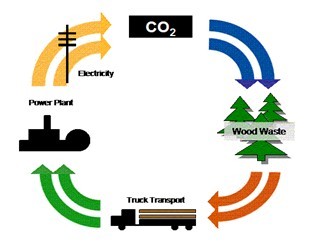
D widely use of gasification
The synthesis gas is a kind of artificial fuel gas, the fuel gas can be used for all alternative to traditional fossil fuels (coal, oil, natural gas) place. So it can be used to get the heat, such as blast furnace, heating, heating, boiler etc.; also can be used to generate electricity, synthetic chemical raw materials (such as methanol, ethyl ether,etc.)
3.History of gasification
Gasification in practical has used for more than 180 years. During this time, gasification power generation coal and peat, as well as city gas station have been widely used. At the beginning of nineteenth Century, the earliest gas for lighting and cooking, then such elementary use electricity and natural gas instead of. General by combustion synthesis gas for heating high temperature flue gas from all walks of life, synthetic gas can also be used to manufacture the gasification oil chemical products, such as methanol, diesel and gas system. Since the nineteen twenties, you can find the synthesis technology everywhere.
The Second World War, the war led to oil and other fossil energy shortage problem again. This wood gasifier and gas engine mounted the stage of history. This technology is widely used in trucks, buses, agricultural machinery etc.. By estimates, until 1945, nearly 9000000 vehicles, producer gas operation in the world. In the nineteen fifties, due to the energy exhausted, we also to use the wood gasification power cars.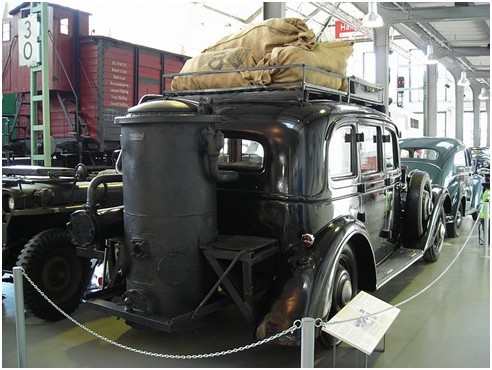 Chart 1 cars use wood gasification equipment and gas engine
Chart 1 cars use wood gasification equipment and gas engine
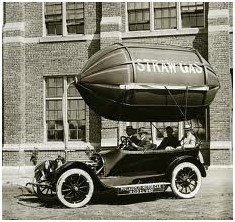
Since the 1970s, with the rising prices of traditional energy, people begin to notice the biomass energy once again. In areas with abundant biomass resources, biomass gasification power generation technology has begun to be recognized. In the 1990s, FengYu Electric Co., Ltd. in Thailand rice mill, rice husk gasification power generation projects run successfully, which brings gasification power generation technology, boarded the world stage.
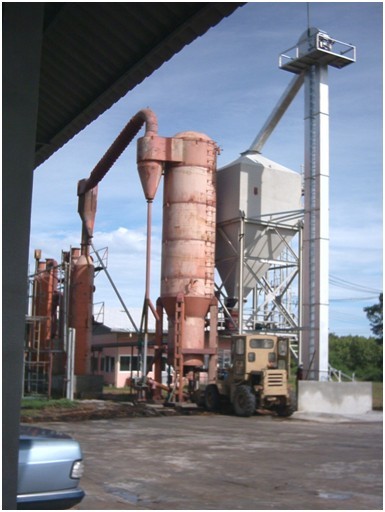
4.Biomass gasification chemical reaction process
1)Dry
Biomass into the gasifier, is heated to 200 ° C ~ 300 ° C, the moisture in the raw material is first evaporated and the product as a dry raw material and water vapor.
2)Thermolysis
Pyrolysis is defined as the process of thermal degradation under hypoxic condition. Dry raw materials in the heating process, when the temperature reached 400 ℃, volatile will be large precipitation from the biomass, pyrolysis rate decreased rapidly, basically completed in 500~600 ℃, leaving only the charcoal char. Pyrolysis volatilization mainly includes carbon monoxide, carbon dioxide, hydrogen, methane, other hydrocarbons of tar, H20.
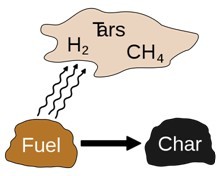
图4 生物质热解
3)The reaction of the oxide layer
C+O_2→CO_2
2C+O_2→2CO
2CO+O_2→2CO_2
2H_2+O_2→2H_2 O
4)The reaction of the reduced layer
C+H_2 O→CO+H_2
C+CO_2→2CO
C+2H_2→CH_4
In the reaction, only the oxidation reaction is exothermic reaction, the heat released as biomass drying, pyrolysis and reduction reaction heat. The main reaction of biomass gasification in oxidation and anoxic layers, so that the oxidation and anoxic layers for gasification zone. In the actual operation process, there is no clear boundary of the 4 regions. Is the mutual penetration and interleaved.
5.Type of Gasifier
1.updraft and downdraft fixed bed gasifier
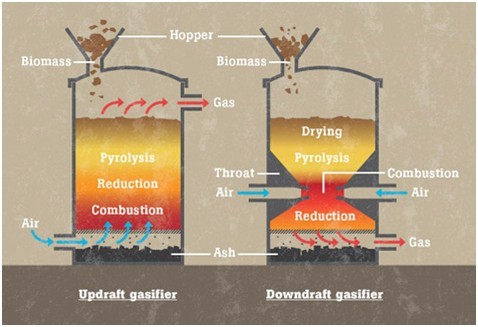
2.Circulating fluid bed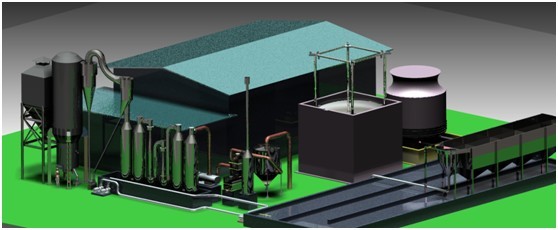
6.Raw material
Biomass circulating fluid bed
Peat circulating fluid bed
Coal dust circulating fluid bed
7. Advantage of FengYu
1 Mature technology with a wealth of practical experience
Multiple station long-term operating experience, Feng Yu gasification power generation systems have been installed around the world.
2 High efficiency gasification
Feng Yu LHC type fluidized bed gasifier can reach the cold gas efficiency above 70%, if the use of hot gas, LHC gasifier can achieve thermal efficiency above 80%.
3 Gas with high heat value
The wood can achieve high calorific value of 7MJ/Nm ³, used for power generation are very suitable.